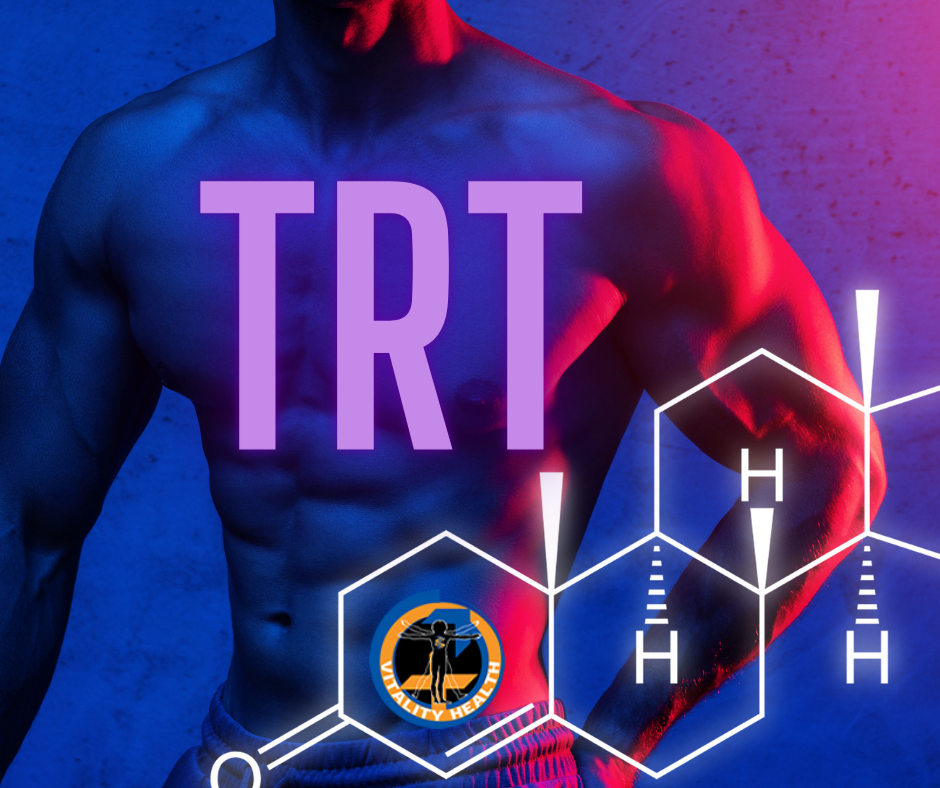54B, Tailstoi Town 5238 MT, La city, IA 522364


How Long Does It Take for TRT to Work?
If you are considering Testosterone Replacement Therapy, you may wonder how long it will be before you start to experience the positive benefits associated.
The timeline for TRT to begin to take effect can vary from person to person. Generally, individuals undergoing testosterone therapy may start to notice some changes within the first few weeks to a couple of months. It is important to note that the full effects of testosterone therapy may take several months to become apparent.
Here’s a general timeline of potential changes that can occur during testosterone replacement therapy (TRT):
First few weeks: Individuals starting testosterone therapy (TRT) generally experience an increase in energy levels, libido, better sleep quality, erectile performance (for men), improved mood, and enhanced sense of well-being during the initial weeks of treatment. However, physical changes may not be noticeable yet.
1 to 3 months: Changes such as increased muscle mass, reduced body fat, and improved strength and endurance may become more apparent from testosterone therapy (TRT). Some individuals may also notice a decrease in symptoms associated with low testosterone, such as reduced fatigue, improved concentration, and enhanced libido.
3 to 6 months: By this time, individuals may continue to experience further improvements in body composition, including increased muscle mass and decreased fat deposition as a result of testosterone therapy (TRT).
6 months and beyond: The effects of testosterone therapy (TRT) tend to continue developing over time. Ongoing changes may include further improvements in muscle strength, body composition, sexual function, and overall well-being. Other effects such as an increase in energy levels, better sleep quality, and improved mood remain consistent.
It’s worth noting that everyone’s response to testosterone therapy (TRT) is unique, and individual factors such as age, dosage, and overall health can influence the rate and extent of changes. Regular monitoring by a healthcare provider is crucial to ensure the therapy is properly tailored and to address any potential side effects or concerns.
The Diagnosis
To diagnose low testosterone, also known as hypogonadism, the healthcare professionals at Vitality Health SFL typically perform laboratory tests. These tests help assess the levels of testosterone in your blood and determine if they fall below the normal range.
These are the common lab tests used for diagnosing low testosterone at Vitality Health SFL.
It’s important to note that the interpretation of testosterone levels can vary based on factors such as age, symptoms, and the laboratory’s reference ranges. Consultation with a healthcare professional is necessary to evaluate the results and determine the appropriate diagnosis and treatment plan.
If you are in the South Florida area, Vitality Health cordially invites you to give us a call and set up your appointment to get your hormone levels checked and if need be, back on track so that you can feel your very best.
Ready to Get Started?
Visit www.vitalityhealthsfl.com to learn more about the practice and the services we offer at Vitality Health SFL in Naples, Fort Myers, Bonita Beach, Miami, and Orlando, Florida. Give us a call at 1-833-4LOWTEE to schedule your consultation with Dr. Zughbi.
Have you already been a patient of Vitality Health SFL? We Would Love a Review!